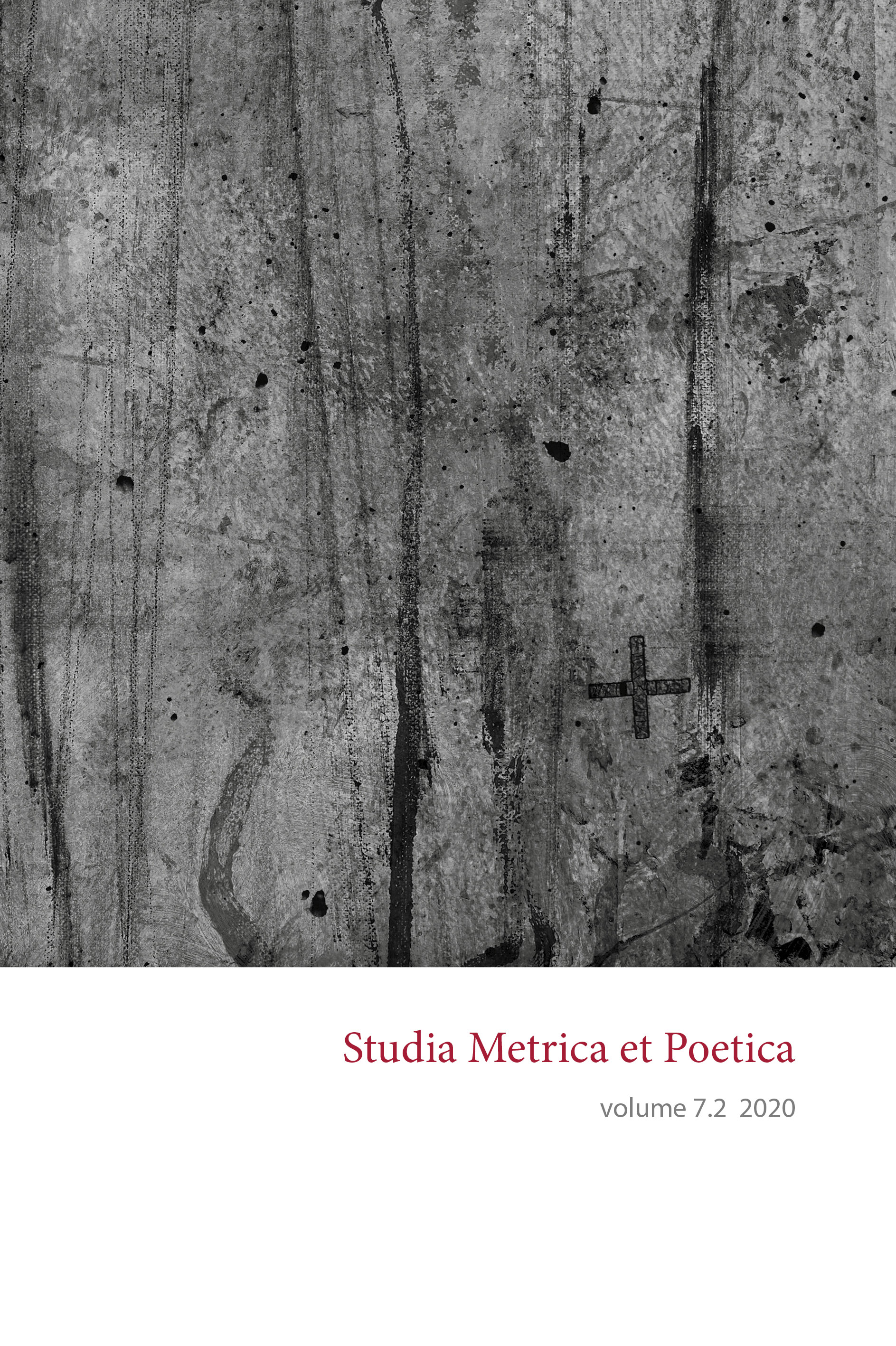Movement and Balance. A comment on Derek Attridge’s Moving Words
DOI:
https://doi.org/10.12697/smp.2020.7.2.05Keywords:
Attridge, closure, Cureton, movement, repetition, temporality, TsurAbstract
This paper discusses some central problems that occur within cognitive versification studies. Derek Attridge’s Moving Words (2013) comments on Richard Cureton’s concept of temporalities. Attridge understands poetic rhythm as movement. He draws the conclusion that movement and repetition are, in principle, contradictory because, in a way, repetition looks backwards and stops the movement. This turns out to be a complicated statement, as repetition seems to be the only poetic device that is common in poetry all over the world. However, it may be possible to understand the relationship between movement and repetition with the help of Reuven Tsur’s concept of back-structuring. This shows how verse rhythm is spatialised as well as has the ability to move in time. This is possible because of gestalt borders that close the sequences. Additionally, Cureton’s fourth thematic temporality is useful to solve the conflict. Temporality is a complex reality, and poetic rhythm also has the ability to stand still.


